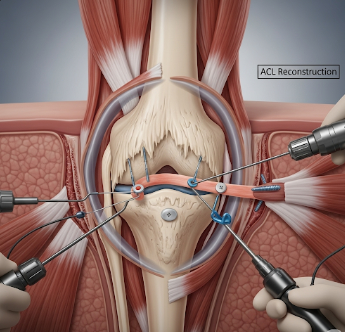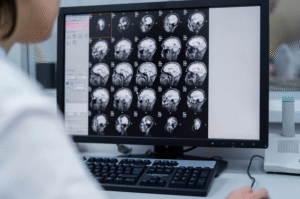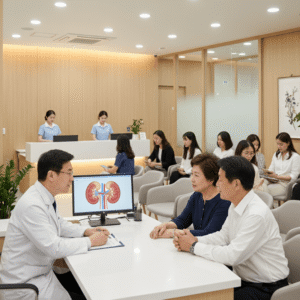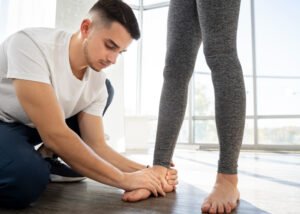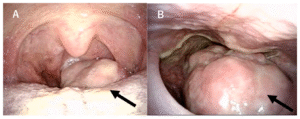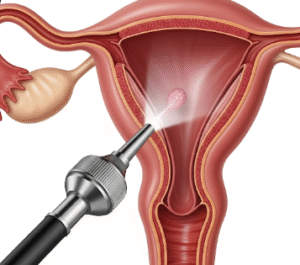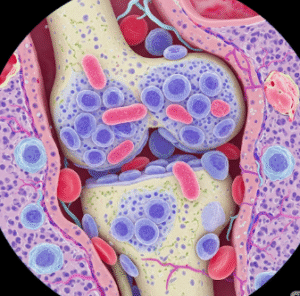Overview
ACL reconstruction is a surgical procedure to repair a torn anterior cruciate ligament (ACL) in the knee. The ACL is one of the key ligaments stabilizing the knee joint, preventing excessive forward movement and rotation of the tibia. ACL injuries are common in sports, high-impact activities, or accidents, and can lead to instability, pain, and long-term joint damage if left untreated.
In Korea, ACL reconstruction is performed in advanced orthopedic and sports medicine centers by highly skilled surgeons, using state-of-the-art arthroscopic techniques, graft options, and rehabilitation protocols to ensure optimal recovery, joint stability, and return to activity.
What is ACL Reconstruction?
ACL reconstruction involves replacing the torn ligament with a graft, which can be harvested from the patient (autograft) or a donor (allograft).
Types of Grafts:
- Autograft:
- Tendons from the patient’s own patellar tendon, hamstring, or quadriceps tendon
- Highly compatible with the patient’s tissue
- Allograft:
- Tendon tissue from a donor (cadaver)
- Useful in revision surgeries or multiple ligament injuries
Key points:
- Restores knee stability and function
- Prevents secondary injuries to meniscus or cartilage
- Can be performed using arthroscopic minimally invasive techniques
- Tailored for athletes and active individuals to return to sports safely
What are the benefits?
- ✅ Restores knee stability and prevents further injury
- ✅ Relieves pain and improves mobility
- ✅ Arthroscopic techniques reduce scarring and recovery time
- ✅ Supports return to sports and physical activity
- ✅ Prevents long-term joint degeneration and osteoarthritis
- ✅ In Korea, personalized graft selection and rehabilitation programs optimize outcomes
Procedure Details
1) How should I prepare for ACL Reconstruction?
- ➤ Preoperative evaluation: MRI of the knee, X-rays, and blood tests
- ➤ Discuss current medications, allergies, and past surgeries
- ➤ Fasting as instructed if general anesthesia is planned
- ➤ Pre-surgery counseling about procedure, risks, graft options, and rehabilitation plan
- ➤ Arrange for postoperative support, physiotherapy, and mobility aids
2) What happens during the procedure ACL Reconstruction?
- ✅ Performed under general or regional anesthesia
- ✅ Arthroscopic ports created to visualize the knee joint and damaged structures
- ✅ Torn ACL is removed or debrided
- ✅ Graft is harvested and prepared, then positioned in the femur and tibia tunnels
- ✅ Graft is secured with screws, buttons, or other fixation devices
- ✅ Wounds closed with sutures or surgical glue; sterile dressing applied
- ✅ Duration: Typically 1–2 hours, depending on complexity and graft type
3) What happens after ACL Reconstruction?
- ➤ Patients monitored in recovery, then transferred to a ward for pain control and early mobilization
- ➤ Knee brace or immobilizer may be used initially
- ➤ Physiotherapy starts immediately or within a few days to restore motion
- ➤ Gradual weight-bearing guided by surgeon and therapist
- ➤ Full rehabilitation program lasts 6–12 months, including strengthening and sports-specific training
Risks / Benefits
Potential Risks:
- ➤ Infection at the surgical site
- ➤ Graft failure or loosening
- ➤ Knee stiffness or limited range of motion
- ➤ Blood clots in the leg (rare)
- ➤ Pain or numbness at graft harvest site
- ➤ Rare: injury to nerves or blood vessels
Benefits:
- ✅ Restores knee stability and function
- ✅ Allows return to sports and active lifestyle
- ✅ Prevents secondary knee injuries
- ✅ Reduces long-term risk of osteoarthritis
- ✅ In Korea, high surgical expertise minimizes complications and maximizes graft success
Recovery and Outlook
- Hospital stay: Usually 1–2 days for minimally invasive ACL reconstruction
- Activity: Early controlled range-of-motion exercises, weight-bearing as advised
- Physiotherapy: Key to restoring strength, flexibility, and proprioception
- Full recovery: 6–12 months depending on graft, rehabilitation adherence, and activity level
- Lifestyle: Follow exercise, physiotherapy, and joint care recommendations for long-term knee health
When To Call the Doctor
- ➤ Increasing pain or swelling despite medications
- ➤ Signs of infection: redness, warmth, or discharge at the incision
- ➤ Fever or systemic symptoms
- ➤ Instability or unusual movement of the knee
- ➤ Difficulty performing rehabilitation exercises
Best Korea Option / Process
- ✅ Korea provides world-class orthopedic and sports medicine centers
- ✅ Arthroscopic ACL reconstruction performed by experienced surgeons using advanced graft techniques
- ✅ Postoperative care includes pain management, physiotherapy, and guided rehabilitation
- ✅ International patients benefit from VIP services, English-speaking staff, and coordinated care
- ✅ High success rates, minimal scarring, and structured rehabilitation ensure return to pre-injury activity levels

